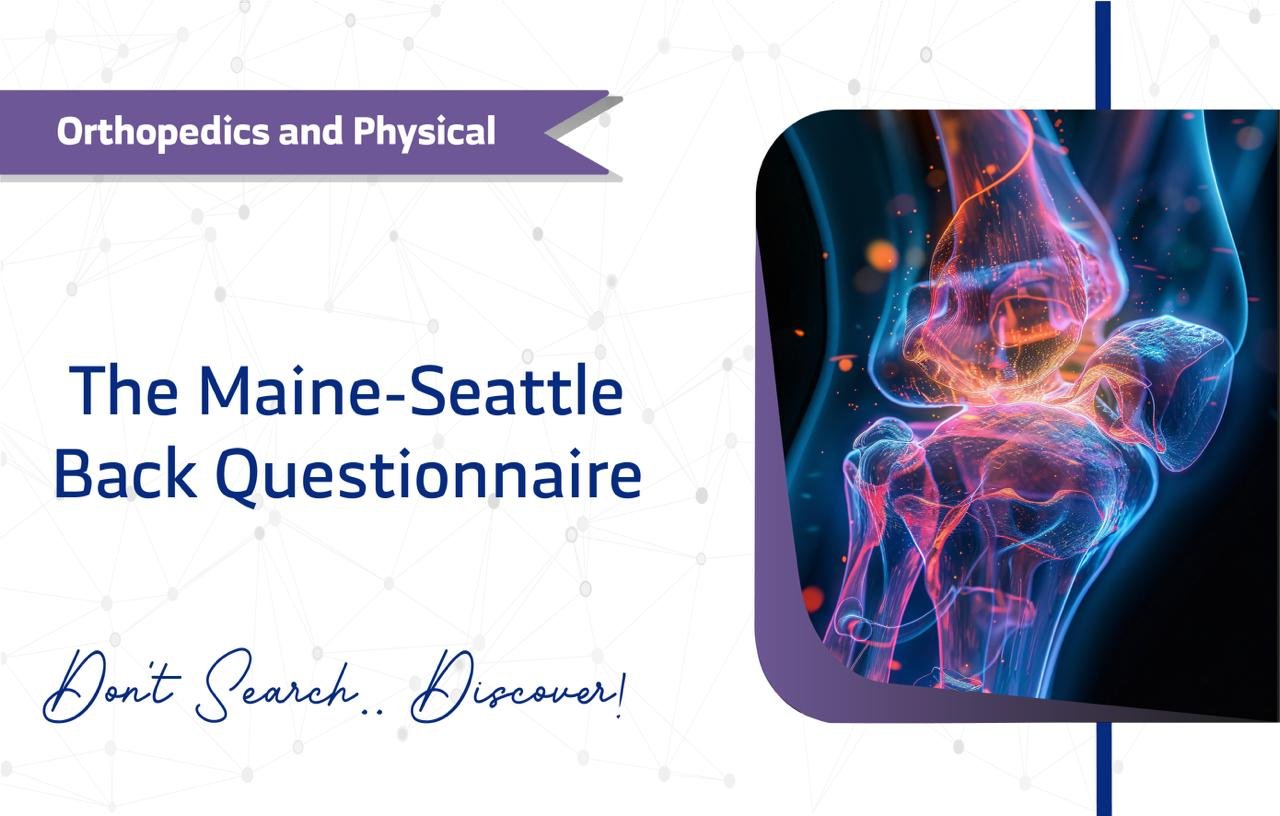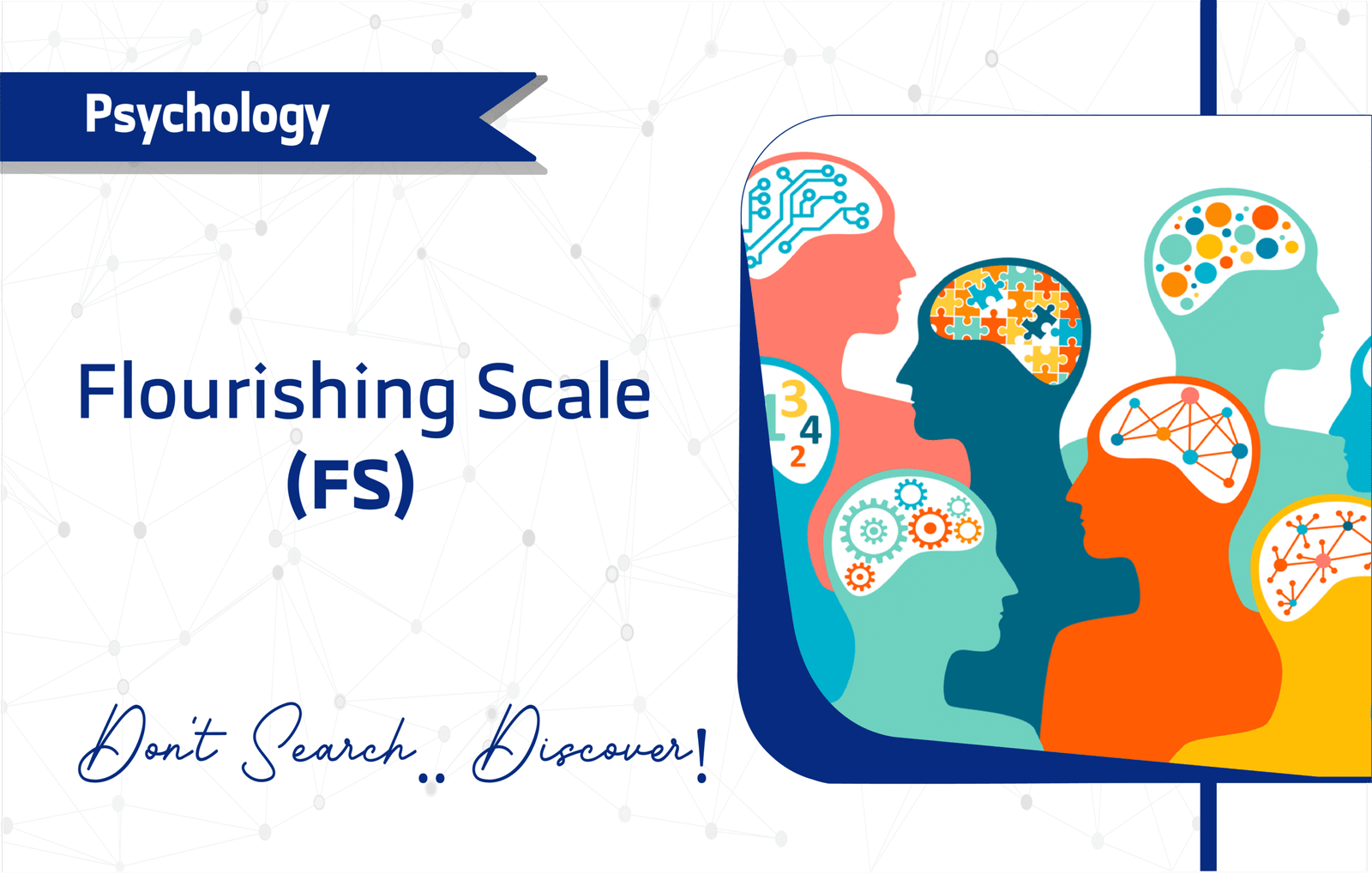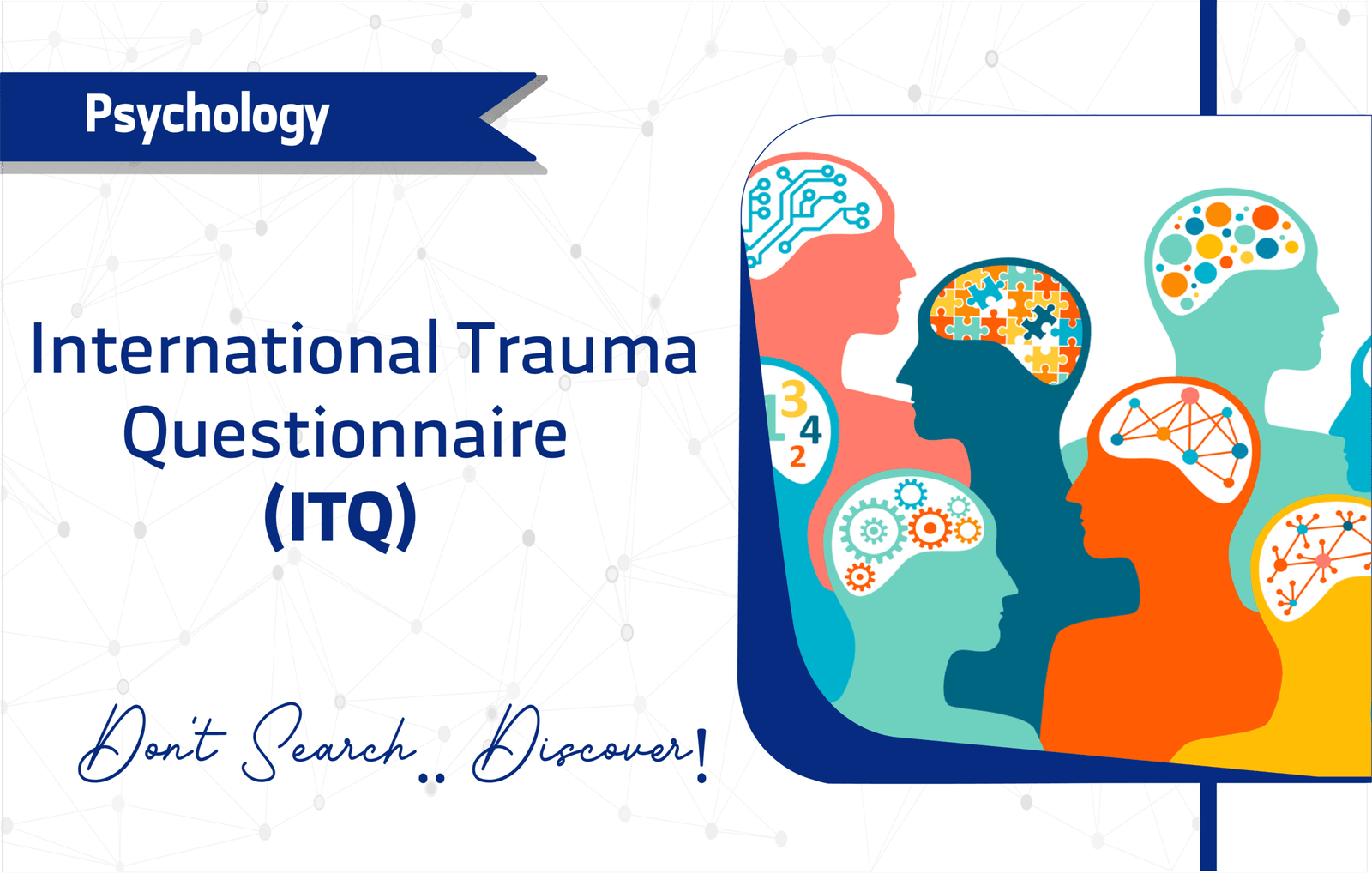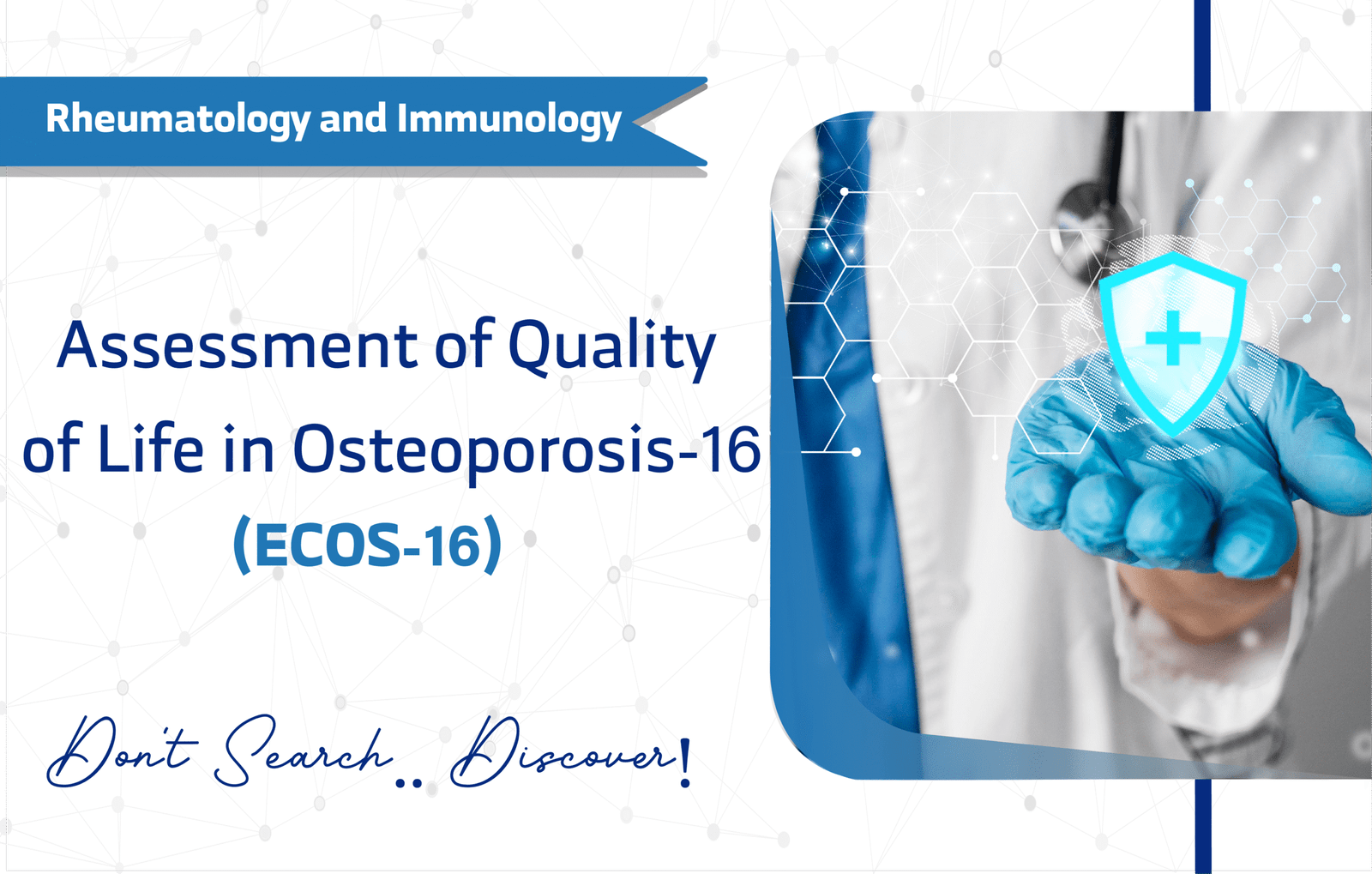Introduction
The Maine-Seattle Back Questionnaire (MSBQ) serves as a critical instrument for evaluating functional disability in patients with lumbar sciatica or spinal stenosis. Developed by Steven J. Atlas and colleagues, this 12-item questionnaire, published in 2003 in Spine (Atlas et al., 2003), has earned approximately 50 citations on Google Scholar, highlighting its significance in rheumatology research.
Consequently, this article offers a comprehensive guide to the MSBQ, detailing its structure, applications, and clinical value for researchers and clinicians dedicated to spine health. By focusing on back-specific functional limitations, the MSBQ supports improved patient outcomes and advances scientific understanding of back pain conditions.
Key Features of the Maine-Seattle Back Questionnaire (MSBQ)
Purpose and Use
The MSBQ specifically measures functional disability in adults with lumbar sciatica due to intervertebral disc herniation or lumbar spinal stenosis. Unlike broader disability tools, its targeted design ensures precise assessment of back pain’s impact on daily activities, making it essential for both clinical practice and research studies.
Target Population
The MSBQ is designed for adults aged 18 and older including:
- Young Adults (18-24 years)
- Middle-Aged Adults (25-44 years)
- Older Adults (45-64 years)
- Seniors (65+ years)
- Patients with lumbar sciatica due to intervertebral disc herniation
- Patients with lumbar spinal stenosis
Its specificity to these conditions limits its use for other populations, such as children or those with non-specific back pain.
Questionnaire Details
The MSBQ comprises 12 items, derived from the Roland-Morris Disability Questionnaire, specifically tailored for patients with lumbar sciatica or spinal stenosis. These items comprehensively assess functional limitations in daily activities due to back pain, covering the following components:
- Physical Functioning Limitations: Difficulties in performing physical tasks, such as lifting or bending, due to back or leg pain.
- Activity Restrictions: Items assess limitations in daily activities, such as walking or engaging in social activities, caused by pain.
- Self-Care Difficulties: Questions focus on challenges in performing self-care tasks, such as dressing or bathing, due to back pain.
- Mobility Issues: Items measure restrictions in mobility, such as walking distances or moving comfortably, impacted by pain.
- Pain-Related Behavioral Changes: Questions address behavioral changes, such as increased reliance on pain medication or avoidance of activities, due to back pain.
- Postural/Body Movement Limitations: Items evaluate difficulties in maintaining or changing postures, such as standing or sitting, due to pain.
- Sleep Disturbance: Assess the impact of back pain on sleep quality or the ability to sleep comfortably.
- Psychosocial/Emotional Impact: Items explore limited emotional effects, such as irritability or mild depression, caused by back pain.
Each item uses a binary (yes/no) response format, focusing on how back pain affects daily activities such as walking, standing, sitting, sleeping, self-care, and other routine tasks. This concise structure ensures efficient administration in clinical settings.
Scoring and Interpretation
The MSBQ utilizes a binary scoring system:
- Yes response: 1 point
- No response: 0 points
Total score = sum of “yes” responses. A score of 0 represents no disability, while a score of 12 represents maximum disability related to back pain, with higher scores indicating greater functional impairment. Although no standardized cut-off scores are established, clinicians can use the total score to assess disability severity and guide interventions. For example, a high score may suggest the need for physical therapy or pain management strategies.
Administration Format
The MSBQ requires less than 5 minutes to complete, making it suitable for busy clinical environments. It can be conducted via:
- Paper-based
- Digital (online)
- Interview (in-person)
Applications of Maine-Seattle Back Questionnaire (MSBQ)
The MSBQ offers versatile applications in clinical and research settings:
- Screening: Identifies patients with significant functional disability due to back pain.
- Monitoring: Tracks changes in disability over time or during treatment.
- Research: Facilitates studies on the impact of back pain and the efficacy of treatments.
For instance, a clinician might use an elevated MSBQ score to recommend surgical consultation, while researchers could analyze scores to evaluate the effectiveness of therapeutic interventions.
Other Versions And Related Questionnaires
The MSBQ complements other back pain assessment tools, including:
- Roland-Morris Disability Questionnaire (RMDQ): A broader measure of back pain disability.
- Oswestry Disability Index (ODI): Assesses functional disability in low back pain, applicable to a wider range of conditions.
These tools can be used alongside the MSBQ for a more comprehensive evaluation of back pain.
Language and availability
Currently available only in English and Norwegian, which restricts its accessibility in non-English-speaking populations.
Use of the MSBQ is free for both commercial and non-commercial purposes, requiring no permission, which enhances its accessibility worldwide.
Reliability and Validity
The MSBQ exhibits robust psychometric properties, making it a reliable and valid tool for assessing functional disability in patients with lumbar sciatica or spinal stenosis. Validation studies, such as those by Atlas et al. (2003) and the Norwegian adaptation by Grøvle et al. (2008), confirm its high internal consistency and sensitivity to back-specific functional limitations, with a Cronabch’s alpha ranges between 0.79-0.82, the questionnaire’s tailored design ensures accurate measurement of disability in its target population, supporting its use in both research and clinical practice.
- Original validation study study link
Limitations and Considerations
Despite its strengths, the MSBQ has several limitations:
- Self-Report Nature: Responses depend on patients’ subjective experiences, which may vary based on personal interpretation.
- Social Desirability Bias: Patients may provide answers they believe are socially acceptable, potentially skewing results.
- Cultural Bias: The questionnaire’s design may not fully account for cultural differences in perceiving or reporting disability.
- Language Barriers: Availability only in English limits its use in diverse linguistic populations.
- Limited Validation Studies: Additional validation is needed to ensure broader applicability, particularly in non-English-speaking groups.
- Narrow Focus: The MSBQ exclusively targets lumbar sciatica and spinal stenosis, restricting its use for other back pain conditions.
Additional Resources
For more information on the MSBQ, explore these resources:
- Original Validation Study study link
- Access the MSBQ as a PDF
- Further validation study: Norwegian version study link
- For inquiries, contact Steven J. Atlas at satlas@partners.org
- For additional MSBQ resources, consult Spine Journal
Frequently Asked Questions (FAQ)
- Who can use the MSBQ?
Clinicians, researchers, and healthcare providers use the MSBQ for adults aged 18 and older with lumbar sciatica or spinal stenosis. - How long does it take to complete the MSBQ?
Patients typically take less than 5 minutes to complete the MSBQ, making it efficient for clinical use. - How is the MSBQ administered?
Healthcare teams can administer it via paper, digital, or in-person interview formats, offering flexibility. - Is there any cost to using the MSBQ?
The MSBQ is free for both commercial and non-commercial use, requiring no permission.
A word from ResRef about Maine-Seattle Back Questionnaire (MSBQ)
The Maine-Seattle Back Questionnaire represents an important advancement in patient-reported outcome measures for back pain conditions, specifically for lumbar sciatica and stenosis. Its brevity and strong psychometric properties make it particularly valuable for clinical settings where assessment time is limited. However, the lack of validation studies and limited translation into several languages make this survey unusable for many patients and practitioners.
References
- Atlas, S. J., Deyo, R. A., van den Ancker, M., Singer, D. E., Keller, R. B., & Patrick, D. L. (2003). The Maine-Seattle Back Questionnaire: A 12-item disability questionnaire for evaluating patients with lumbar sciatica or stenosis. Spine, 28(16), 1869–1876. link
- Grøvle L, Haugen AJ, Keller A, Natvig B, Brox JI, Grotle M. Reliability, validity, and responsiveness of the Norwegian versions of the Maine-Seattle Back Questionnaire and the Sciatica Bothersomeness and Frequency Indices. Spine (Phila Pa 1976). 2008 Oct 1;33(21):2347-53. doi: 10.1097/BRS.0b013e31818047d6. PMID: 18827701. link









1 thought on “Maine-Seattle Back Questionnaire (MSBQ): A Full Guide for Researchers and Clinicians”
This was a genuinely inspiring read. I now have a clearer idea.